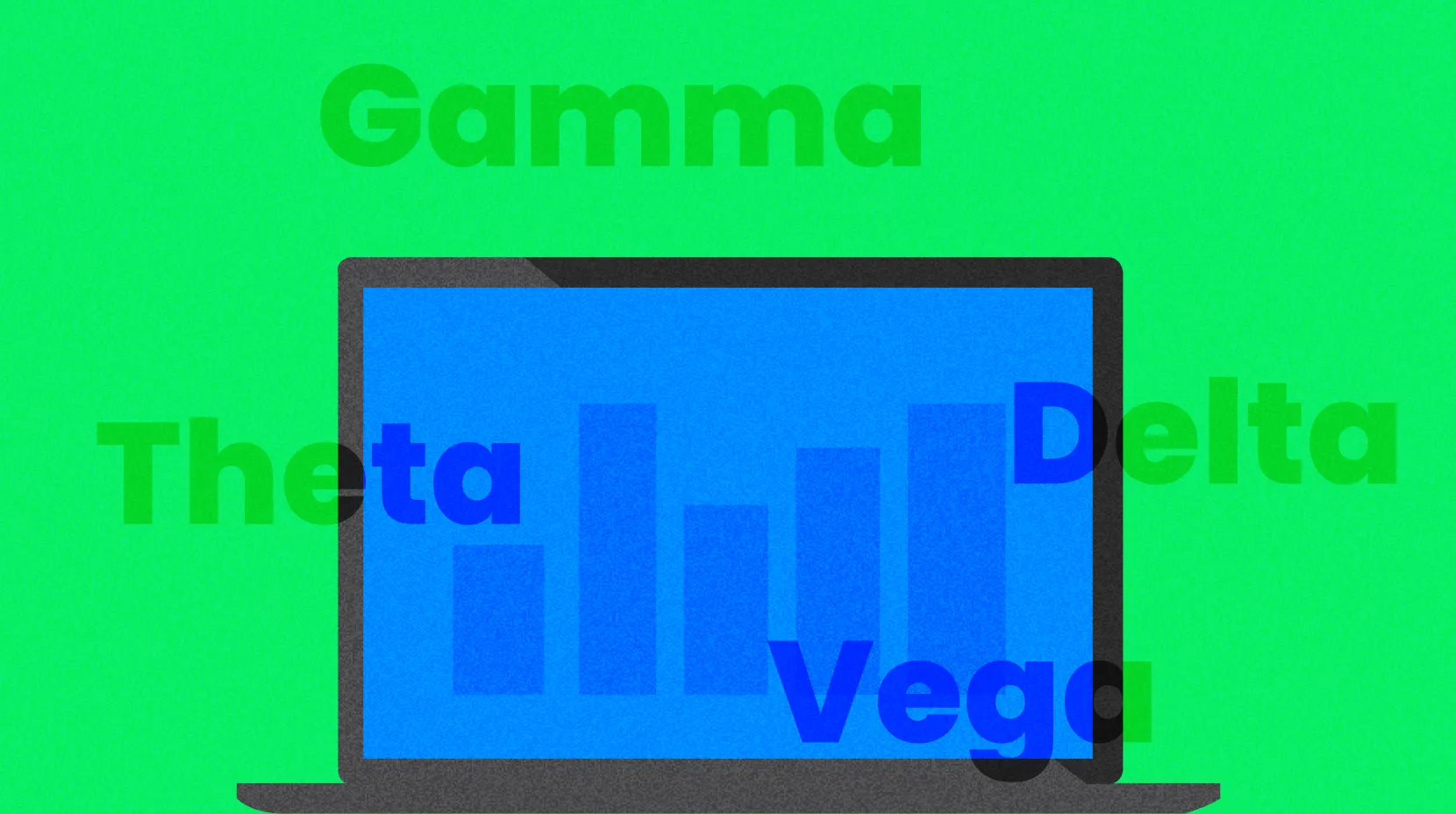Understanding On-Chain Earning
This module introduces the core concept of on-chain earning—earning crypto rewards directly through blockchain protocols. You'll learn how mechanisms like staking, lending, and liquidity mining work, why users choose on-chain methods over centralized platforms, how Gate simplifies the process, and how different earning models fit along a risk-reward ladder.
What Is On-Chain Earning?
On-chain earning refers to the process of generating income from cryptocurrency assets by interacting directly with blockchain protocols. These earnings are facilitated through mechanisms such as staking, lending, and liquidity provision. Unlike centralized platforms where assets are managed by third parties, on-chain earning relies on smart contracts—self-executing code that runs on blockchain networks—to ensure that transactions and rewards are processed transparently and securely.
In essence, users deposit or allocate their crypto assets into a decentralized system. These assets are then used by the protocol in operations such as transaction validation or liquidity provision. In return, users receive rewards that may include interest, yield, or a share of transaction fees. Since all actions occur on-chain, they are fully auditable by the public, increasing both transparency and user control.
Compared to traditional or centralized finance, on-chain earning provides direct access to the underlying economic activity of blockchain networks. While it introduces new forms of risk—such as smart contract vulnerabilities and token price volatility—it removes the need to trust intermediaries and offers potentially higher annualized returns for active participants.
Why Use On-Chain Earn?
Gate offers a selection of true on-chain earning products that interact directly with public blockchain protocols. These include staking, DeFi lending, and liquidity mining—all powered by audited smart contracts and executed on-chain.
A key reason to use On-Chain Earn is transparency. All operations are powered by smart contracts on public blockchains, and Gate extends this benefit by offering principal-protected products linked to reputable protocols. The platform clearly displays estimated annual returns (APY), supported tokens, and protocol details, allowing users to make informed decisions without needing to read code or track wallet addresses manually.
Operational simplicity is another advantage. Typically, interacting with DeFi platforms requires setting up non-custodial wallets, managing private keys, and executing on-chain transactions that incur gas fees. Gate removes these barriers by handling all technical execution on the user’s behalf. Users simply choose a product, stake assets, and start earning, with no blockchain expertise required.
The platform also delivers competitive earning potential. By integrating products like PoS staking and DeFi lending from protocols such as Aave V3 and Compound V3, Gate offers annual yields that often exceed those of centralized finance platforms. Yields vary by product and are updated regularly based on network activity and market demand.
Gate’s system is designed to maintain high flexibility. Many products allow users to redeem assets at any time or after a defined period, giving users control over their capital allocation. Additionally, bonus rewards from partner protocols—such as GT or AVAX tokens—can further enhance returns.
In short, On-Chain Earn combines transparency, automation, and competitive earnings into a user-friendly experience, making it a practical solution for anyone looking to earn income on idle crypto.
Gate’s Role: Simplicity & Protection
Gate functions as a gateway to decentralized earning opportunities, abstracting away the complexities associated with PoS networks and DeFi protocols. By doing so, it lowers the entry barrier for users who may not have experience with smart contracts or non-custodial wallet management.
The platform’s infrastructure integrates directly with protocols like Aave V3 and Compound V3 and connects to major PoS networks such as Ethereum, Polkadot, and Cosmos. Rather than requiring users to set up validators or delegate tokens manually, Gate automates these processes while offering users real-time information on APY, redemption timelines, and available bonus rewards.
Security is central to Gate’s approach. The platform only lists products backed by protocols that have passed professional audits. Additionally, Gate maintains a 100% Proof-of-Reserves system. This means that the platform publicly verifies that all user assets are fully backed, with regular audit reports and verifiable wallet data. This level of transparency addresses a key concern in centralized exchanges—custodial risk.
Gate also implements user-level protections through KYC verification, two-factor authentication, and compliance with international digital asset regulations. Combined with centralized customer support and dispute resolution mechanisms, these features offer a level of reassurance that is often absent in fully decentralized systems.
Yield distribution is also handled with precision. Once users stake or lend through On-Chain Earn, rewards begin accruing automatically and are distributed directly to their accounts. These payouts are clearly recorded and available for review in each user’s transaction history, including breakdowns of daily returns and any bonus incentives received.
Through this combination of interface simplicity, protocol screening, and operational transparency, Gate enables a broader audience to participate in blockchain-based earning while reducing exposure to technical and systemic risks.
Earning Engines: PoS, DeFi, Liquidity Mining
The On-Chain Earn ecosystem is powered by three main earning mechanisms: Proof of Stake staking, DeFi lending, and liquidity mining. Each of these systems supports a different economic function within blockchain networks and offers distinct reward structures.
Proof of Stake (PoS) is a consensus mechanism used by networks like Ethereum, Cardano, and Polkadot. In this model, users lock up tokens to help validate transactions and maintain network security. In return, they receive staking rewards, usually denominated in the same token. The staking process is proportional, meaning the size and duration of the stake influence the yield. Gate connects users to these networks and manages validator selection and staking operations internally, eliminating the need for users to manage their own infrastructure.
DeFi lending operates through non-custodial protocols that allow users to lend their tokens to others in exchange for interest. These platforms—such as Aave V3 and Compound V3—use smart contracts to facilitate and secure lending pools. Users who supply assets earn interest based on utilization rates within the pool. Gate facilitates participation in these protocols by managing deposits, withdrawals, and interest distribution, reducing the friction normally involved in interacting with DeFi apps.
Liquidity mining, sometimes referred to as yield farming, involves providing token pairs to decentralized exchanges (DEXs). These pools support trading by offering liquidity, and participants earn a share of transaction fees along with potential incentives in the form of bonus tokens. While this method offers higher APY compared to staking or lending, it also carries higher risk, particularly from impermanent loss and token volatility. Gate provides curated access to selected liquidity mining opportunities and displays all associated terms before users commit their assets.
Each earning engine presents a trade-off between potential reward and associated risk. Users can select from among these mechanisms based on their investment preferences, market outlook, and risk appetite, all within a unified and secure platform.
Risk vs Reward Ladder
Choosing the right On-Chain Earn product involves understanding the relationship between risk and potential return. Gate’s offerings range from stablecoin lending pools to high-yield liquidity mining campaigns, each positioned on a conceptual ladder that balances yield against volatility and liquidity constraints.
Staking products that involve major PoS tokens form the next step. These offer higher yields compared to stablecoin lending, driven by token inflation models and reward mechanisms within PoS networks. However, the returns are exposed to token price movements. If the value of the staked token drops, the effective return may be lower than anticipated. Some networks also impose unbonding periods, where assets remain locked even after the user initiates a withdrawal.
Above these are DeFi yield products that use newer tokens or emerging protocols. These can offer higher rewards, especially during promotional campaigns, but they carry greater risk due to limited audits, lower liquidity, and less-tested smart contracts.
At the base of this ladder are stablecoin-based DeFi lending products, such as USDT or USDC pools on protocols like Aave. These are considered lower-risk due to the price stability of the underlying assets and the maturity of the platforms. Still, users should be aware of smart contract vulnerabilities and occasional liquidity delays during high network activity.
Gate provides full visibility into APY, lock-up periods, and protocol sources, helping users assess where each product sits on this risk-reward ladder. The platform encourages participants to align their choices with personal financial goals and liquidity needs rather than simply chasing high returns.


